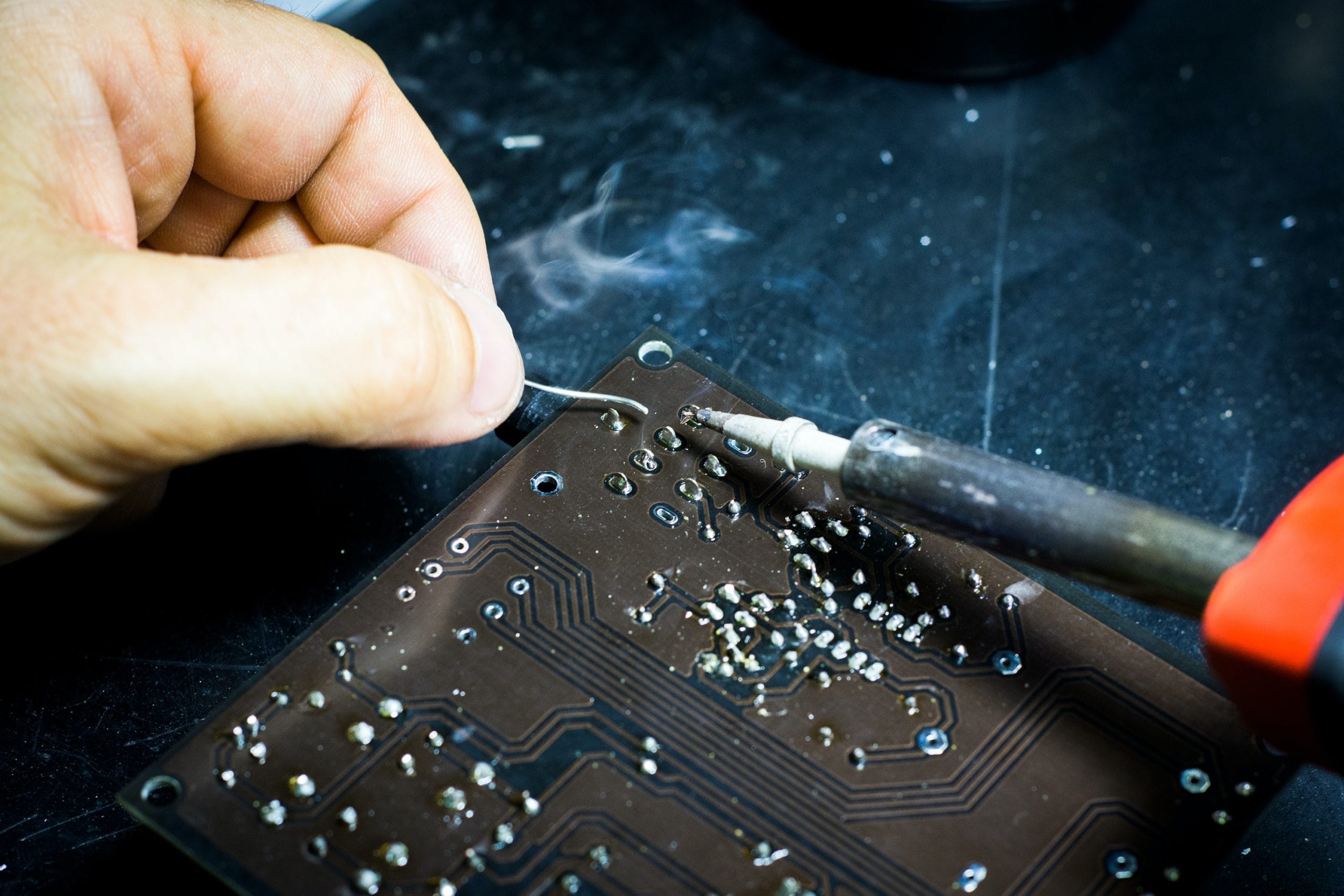The right to repair objects
England has announced the introduction of the “right to repair” law, which is expected to come in the summer 2021.
In addition, the UK government also confirms that it will also introduce energy efficiency legislation for household appliances such as refrigerators, washing machines, hairdryers and TVs, which must guarantee a longevity of use of at least 10 years.
The request came from the R2R movement (“Right to Repair“) for the right to repair, a coalition that aims the achievement of a European law with a minimum design requirements to ensure the maintenance and repair, starting from smartphones, laptops and other electronic devices.
The individual is no longer simply a conscious and rational decision-maker, but rather an agent involved within the spatial, temporal and cultural systems of daily life.
The implementation of this law is a significant moment for the affirmation of thecircular economyas a model to be pursued for businesses and for the territory, but also for initiatives at the community level that positively influence the government towards an effective change in policies for the promotion of a more conscious attitude towards the environment.
Already in October 2018, the European Commission adopted new eco-design measures targeting various household products, addressing some obstacles to repair such as accessing spare parts and obtaining information on the repair and maintenanceof objects.
The value that the Right to Repair law brings is all-encompassing; it does not only concern the product and the environment in the strict sense, but determines a substantial change in the role and responsibility of the user: the consumer, in fact, is no longer an actor in a linear production and overproduction system but becomes proactive participantin a more sustainable attitude, thus breaking the chain of consumerism and embracing the role of “keeper of objects”. In other words, the individual is no longer simply a conscious and rational decision-maker, but rather an agent involved within the spatial, temporal and cultural systems of daily life.
These practices support the materiality of objects, integrating cyclic maintenance and repairs with a sense of responsibility towards the heritage of things that belong to us as if they were the subject of a sort of regenerative ritual between man and matter, increasing their perceived value.
According to the Circular Design Guide, a reference document for eco-design disclosed by the Ellen MacArthur Foundation, a useful strategy to facilitate the repair, maintenance and updating of products is to provide modular structures. Simplifying the removal of the single affected part to be repaired, reducing the cost and effort to replace components when damaged.
Additionally, modular systems are easier to customize and thus adapt to varying user needs, preventing products from becoming obsolete and ensuring they are kept in use for extended periods of time.
Fonte: Ellen MacArthur Foundation


